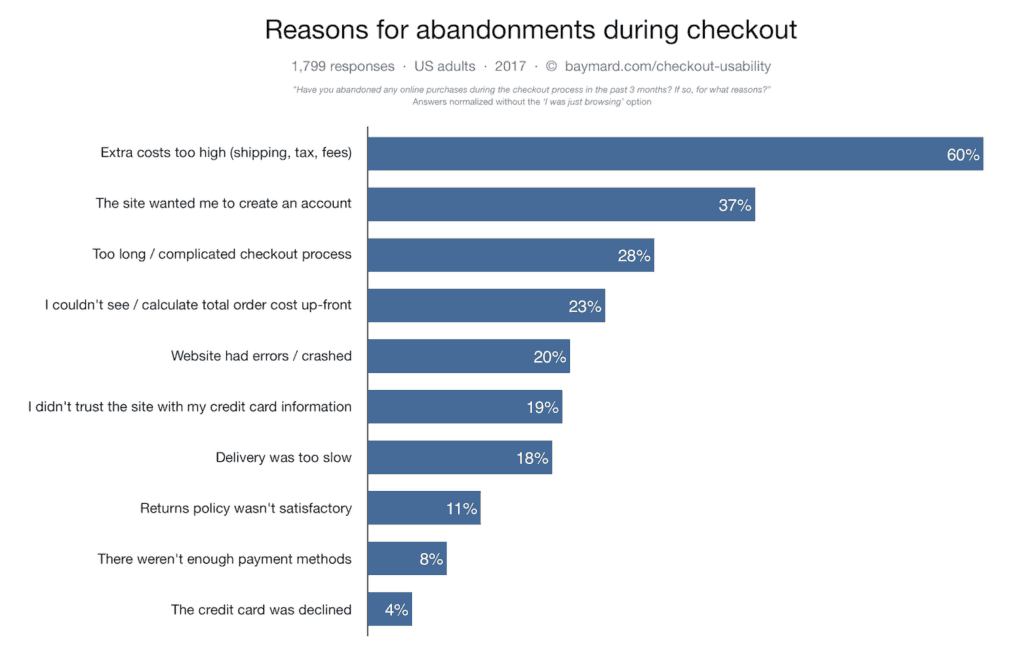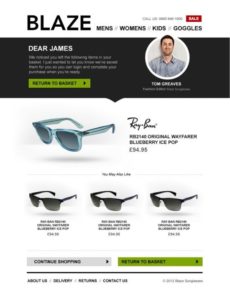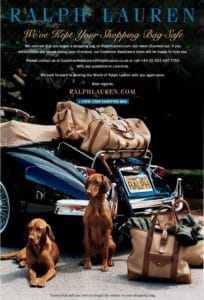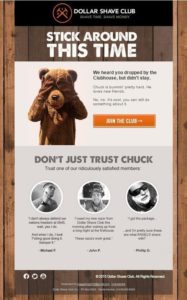
Scott Cohen, vice president of marketing, InboxArmy
Cart abandonment is one of the most pervasive issues affecting the e-commerce industry. Even the most well-known brands deal with abandonment. Why is that?
Because shoppers are human—and humans make excuses.
These are just some of many excuses shoppers make for cart abandonment. Let’s see some of the others.

Source: Baymard
Abandonment is a fact of e-commerce life. So you need to be ready to 1) identify the most common reasons for abandonment for your brand (it will vary brand to brand), and 2) have a plan for an email marketing campaign specifically geared toward cart recovery.
What is a cart abandonment email?
Cart abandonment emails are an excellent way to recover lost sales. They can serve as simple reminders, customer service messages, or deliver special incentives.
You may think it’s just you that wants the email—and that’s not true. One MarketingSherpa study shows nearly 51% of customers love receiving a cart abandonment reminder email. A smaller percentage claim these emails influence their purchases.
However you decide to approach your cart abandonment emails, it’s important to keep these key factors in mind:
Timing matters
Don’t send too soon, but don’t wait too long (sorry, Goldilocks…). Ideally, your first (or only) abandonment email should go out within 1-3 hours after abandonment. Emails sent within an hour can garner a 4.5% conversion rate.
A series will do
One email is a must. A series of emails can be hugely beneficial—particularly if you want to include an incentive for finishing an order, but not right away.
Your first email should be followed by another reminder email 24 hours after the initial abandonment. This second email can be a simple reminder or focus on the customer service angle, asking if the recipient needs any help finishing their order.
The third (and likely final) email in the series should go out 24-48 hours after the second email is sent. In this email, you can include a special incentive if you like. (I tend to shy away from including an incentive in the first email as shoppers have become savvier and will wait for that special offer before pulling the trigger.)
Personalization works
In this case, personalization means more than a “Hi First Name.” Personalization can mean including inside the email the contents from the shopper’s cart. This nice visual reminder can work well bring shoppers back to their carts to complete their purchase.
Including relevant, similar products to those inside the cart can also work well. After all, shoppers may have put items in their cart and ultimately decided against that specific product. With you providing similar, possibly better options, a purchase could be made.
Here’s a nice example of this type of personalization from Blaze:
 Extend your support
Extend your support
As I mentioned already, cart abandonment emails can be a great place to flex your customer service muscles and offer support to your shoppers. This approach, in turn, can increase trust in your brand.
In the example below, Ralph Lauren offers customer support, particularly in case the customer faces an issue when trying to check out.
 Use attractive subject lines
Use attractive subject lines
It’s human nature. You’re more likely to open an email 1) from someone you know, and 2) that contains a subject line that catches your eye. Your customers are no different.
Your subject line should be obvious in terms of intent, but also be alluring to earn the open. Test a straightforward approach and even tinker with humor—it might just work. Emojis could work, too—if it makes sense for your brand, that is.
Some subject line ideas include:
- Your cart MADE us send this reminder.
- Your shopping cart is having abandonment issues
- Your shopping cart is lonely!
- Looking for a better deal?
- Oops…Was there a problem checking out?
- Complete your purchase now
- You left items in your cart
- Forget something, Mr. Customer?
Add testimonials
Word of mouth works. It’s inescapable. If you have testimonials from happy customers, use them. Product reviews also work wonders.
The example below from Dollar Shave Club shows how testimonials can showcase your strengths and build trust.
 Use prominent calls to action
Use prominent calls to action
REMINDER: The purpose of a cart abandonment email is to get the customer to complete the purchase of the item(s) in their cart. If your call to action doesn’t make that obvious, you’re missing the boat. Examples of good CTAs include:
- View your shopping bag
- Return to cart
- Let’s reconnect
- Continue shopping
Simple and to the point—as all CTAs should be.
You Can’t Stop the Excuses—Overcome Them
No matter what you do, you won’t avoid carts being abandoned on your site. You can do checkout optimization and email marketing, but shoppers will leave carts anyway. The best you can do is send some great cart abandonment emails that get results.
So, think up those great subject lines. Write that copy and include those cart items. Make sure your CTA is obvious and works (test it!). The return rate on this program will ensure it pays for itself.
What are your ideas for creating great cart abandonment emails? Let us know in the comments below.
InboxArmy is an email marketing agency.
Favorite